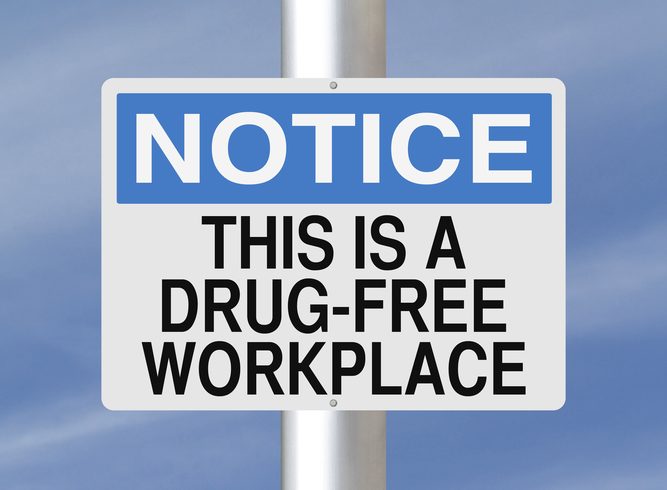Implementing a drug free workplace program on its own is a challenging task. Just think about the challenges an employer would face implementing a comprehensive drug free workplace program which consists of DOT regulated employees and NON-DOT employees. However, an employer who implements a Non-DOT and DOT drug free workplace policy is provided with several benefits relating to the business, employee and general public.
DOT Regulations, Drug Free Policy and Non-DOT Employees
Department of Transportation (DOT) regulations 49 CFR Part 40, are typically referred to as the “Gold Standard” in the drug and alcohol testing industry. Part 40 clearly sets forth procedures in the regulations with respect to implementing and properly maintaining a DOT Regulated Drug Testing Program.
Part 40 also provides guidelines for the procedural requirements if the company receives a positive drug or alcohol test result. Consequently, many companies implement Part 40 regulations and procedures for their own Non-DOT or Non-Regulated drug and alcohol testing programs.
In many cases, some employers wish to expand upon Federal Regulations to include testing for different types of drugs, include additional reasons to test and increase the percentage of the employee random testing pool.
Are DOT Policies Outdated?
Many would argue that the DOT policy is lacking or at the very least a little outdated as it relates to the types of drugs employers are permitted to test for. As Part 40 Currently reads, employers are permitted to test for Amphetamines, Cocaine, Marijuana, Opiates (Codeine, Morphine and Heroin) and PCP. On the other hand, there are several other forms of drugs widely available, and their use is on the rise. These drugs are currently going undetected by companies only testing under DOT Regulations.
As an employer, what are your options?
Some best practices we often recommend are that employers have separate policies that work in conjunction with their “Safety Sensitive” DOT regulated employees. Today’s employees are starting to abuse drugs beyond the standard DOT 5 panel drug test, leaving the question of should the employee be tested for additional drugs of abuse?
If employers should desire to test in addition to the DOT Regulated Requirements, they must ensure that all DOT requirements are satisfied first and then must request a second collection and test to be executed under the secondary NON-DOT policy utilizing a NON-Federal Chain of Custody Form. It is essential that these procedures be standardized and consistently practiced to prevent any potential for discrimination.
Here are some astonishing statistics to consider for your drug free workplace program:
- “The United States makes up 5% of the world’s population and consumes 75% of the world’s prescription drugs.” – Source: National Institute on Drug Abuse
- “In the US alone, more than 15 million people abuse prescription drugs.” – Source: Foundation for a Drug-Free World
- “Most abused prescription drugs fall under 3 categories: painkillers – 5.1 million; tranquilizers/depressants – 2.2 million; stimulants – 1.1 million.” – Source: National Institute on Drug Abuse
For more information regarding implementing a drug free workplace program call us today at 800-221-4291 or visit us at www.accrediteddrugtesting.net/drug-free-workplace

